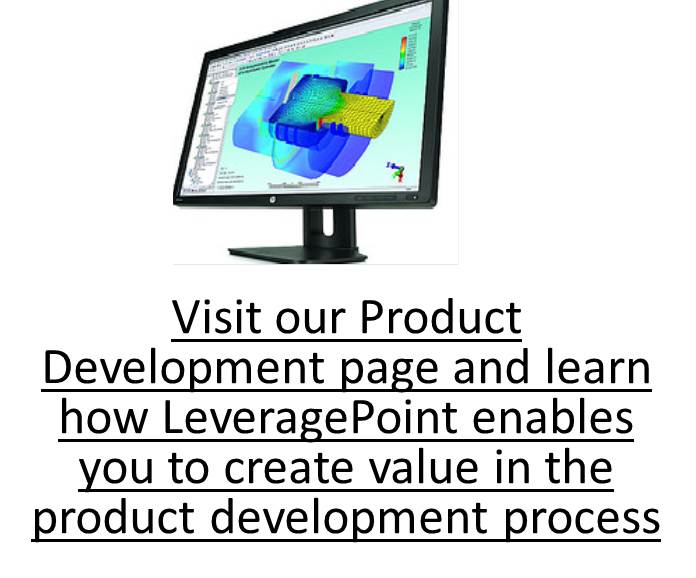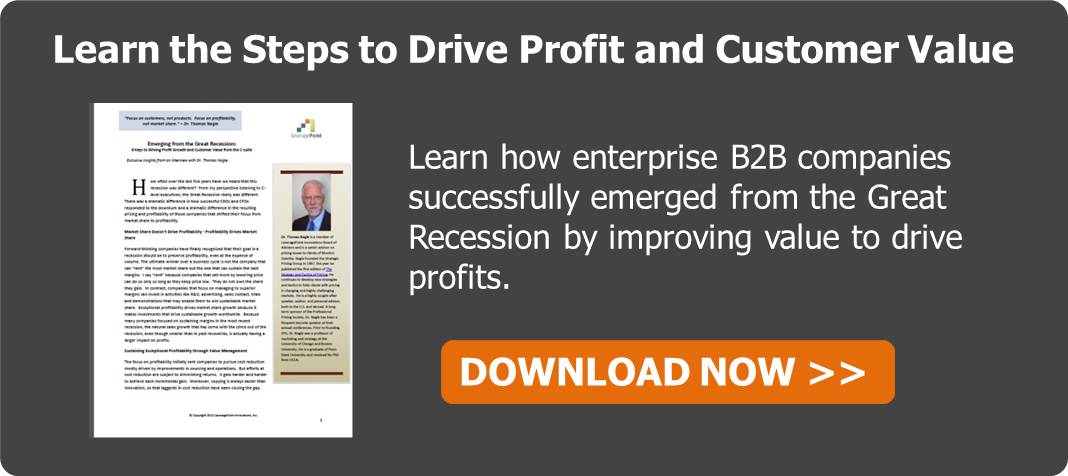
 Every software enterprise wants to get functionality that delivers real customer value into the hands of their customers as fast as possible. Taking 6-12 months hidden away in the coding bunker to build the ideal solution is too risky. What if what you build misses the mark? The longer you go without releasing a product, the bigger the risk attached to it. Agile software development has been adopted by many enterprises to iteratively develop and deliver their software solutions quickly. However, choosing what products and functionality to develop can be difficult. This is where Lean Startup methods help. The issue is, how can the two be combined into a rigorous development process without diluting the value that both provide?
Every software enterprise wants to get functionality that delivers real customer value into the hands of their customers as fast as possible. Taking 6-12 months hidden away in the coding bunker to build the ideal solution is too risky. What if what you build misses the mark? The longer you go without releasing a product, the bigger the risk attached to it. Agile software development has been adopted by many enterprises to iteratively develop and deliver their software solutions quickly. However, choosing what products and functionality to develop can be difficult. This is where Lean Startup methods help. The issue is, how can the two be combined into a rigorous development process without diluting the value that both provide?
Agile and Lean do actually go very well together. They are both iterative processes that have an emphasis on speed. By aligning the two methods you can create a continuous loop of building, analyzing and learning.
The first step in this process is taking your ideas and building that first version of the product. You take this product, test it in the market and gather data so you can learn more about your customers. These findings are used to come up with more ideas which you can then build to repeat the process. The quicker you can get through this cycle, the faster you can learn and can build better products.
How Do Lean Startup Methods Help You Determine What is Customer Value?

Your software is there to help your customers to solve their business problems. Your software will likely be used to help solve many business problems, but it’s the high-value business problems that you really want to focus on. Lean Startup methods help you learn what your customers truly want and value. When you’re working with your customers, you are trying to understand what problems they have. This is really important, often we talk about features and what they can do, but really it is all about the customer and their business problems.
So how do you figure out what features are going to drive the most value? Trying to do this for each feature is simply not realistic, there are too many dependencies with other features and it is impossible to lock down exactly how much value a particular feature provides. It is also not important, you need to stop and put yourself into the shoes of the customer and understand their problem.
To really understand your customers you have to work closely with them. Break down the barriers between developers and customers and get the voice of the customer in the same room as the developers. Have developers listen to customers and always ensure the voice of the customer is represented. You can do this by writing good user stories so the entire development team really understands the issues. The most important aspects of a user story is not the feature but rather the role of the user, the motivation of the user and the business problem the user is trying to solve. Compelling the product team to specify the motivation behind a story helps demonstrate what exactly the requirement is, as well as providing guidance to the developers.
My Customer values everything, how do I choose what to work on?
You need to focus on the business problems and the set of user stories associated with the problems. Ask which user stories have the biggest impact towards solving the bigger business problem.
Plot the user stories you are looking to solve in a 2×2 box. The y-axis is the value of the bigger business problem, and the x-axis is how the impact solving the user story has on the bigger business problem. As with most 2x2s, the top-right is where you should be focusing.

Got My High-Value, High-Impact Stories, Now What?
Quite simply, you build and build fast. We’ll talk more about that in the next post.

About the Author:
Neil Davies is VP, Engineering at LeveragePoint. Previously, he was an Engineering Manager at Monitor Group and Logica CMG in London. He is the architect of the LeveragePoint platform, and a passionate advocate of Cloud Computing, Semantic Technologies and open-source projects. Mr. Davies holds a BS in Computer Science from the University of Nottingham.

Photo Credits:
Main Image: jakuza via Compfight cc
Side Image: HP Österreich via Compfight cc
 Every software enterprise wants to get functionality that delivers real customer value into the hands of their customers as fast as possible. Taking 6-12 months hidden away in the coding bunker to build the ideal solution is too risky. What if what you build misses the mark? The longer you go without releasing a product, the bigger the risk attached to it. Agile software development has been adopted by many enterprises to iteratively develop and deliver their software solutions quickly. However, choosing what products and functionality to develop can be difficult. This is where Lean Startup methods help. The issue is, how can the two be combined into a rigorous development process without diluting the value that both provide?
Every software enterprise wants to get functionality that delivers real customer value into the hands of their customers as fast as possible. Taking 6-12 months hidden away in the coding bunker to build the ideal solution is too risky. What if what you build misses the mark? The longer you go without releasing a product, the bigger the risk attached to it. Agile software development has been adopted by many enterprises to iteratively develop and deliver their software solutions quickly. However, choosing what products and functionality to develop can be difficult. This is where Lean Startup methods help. The issue is, how can the two be combined into a rigorous development process without diluting the value that both provide?





